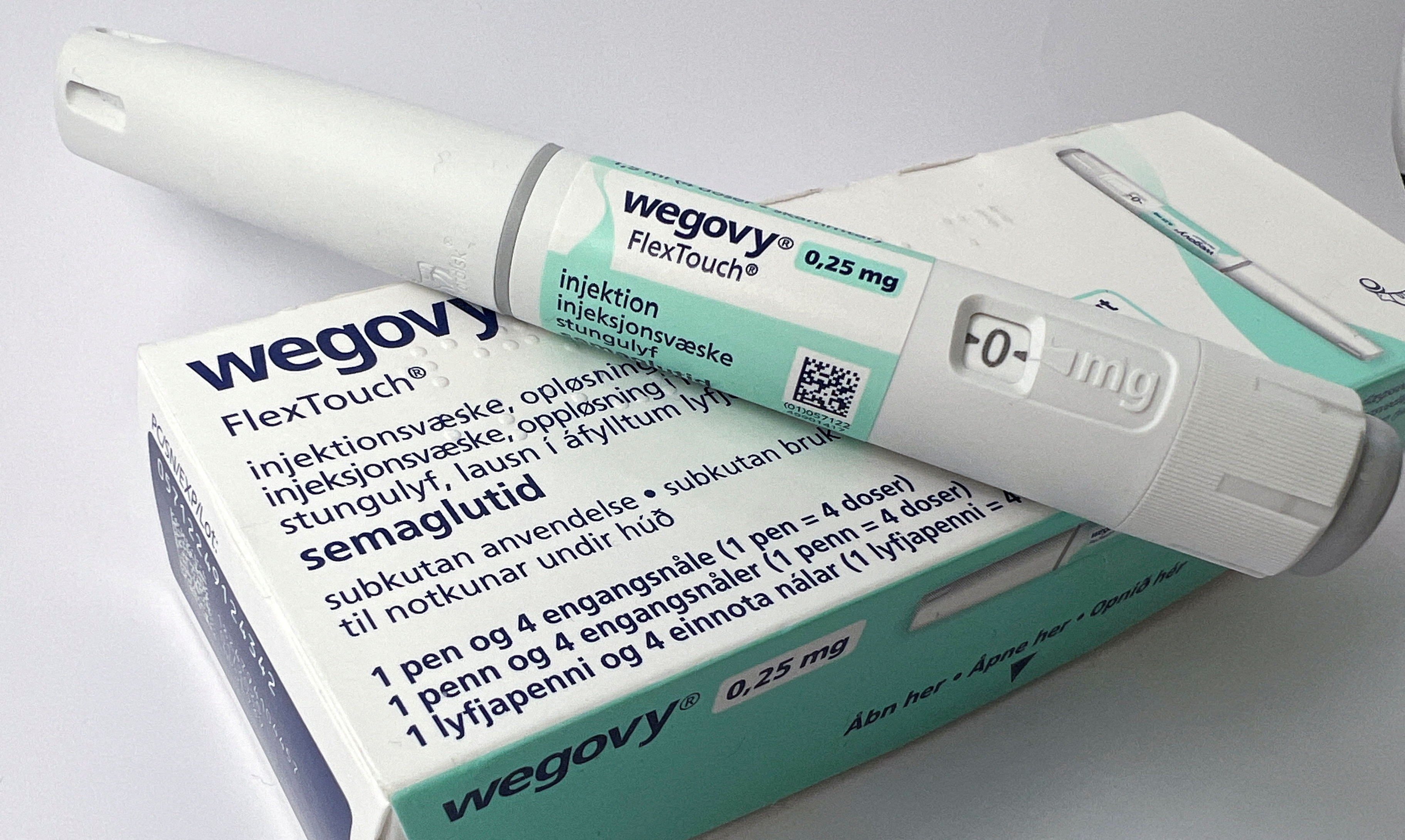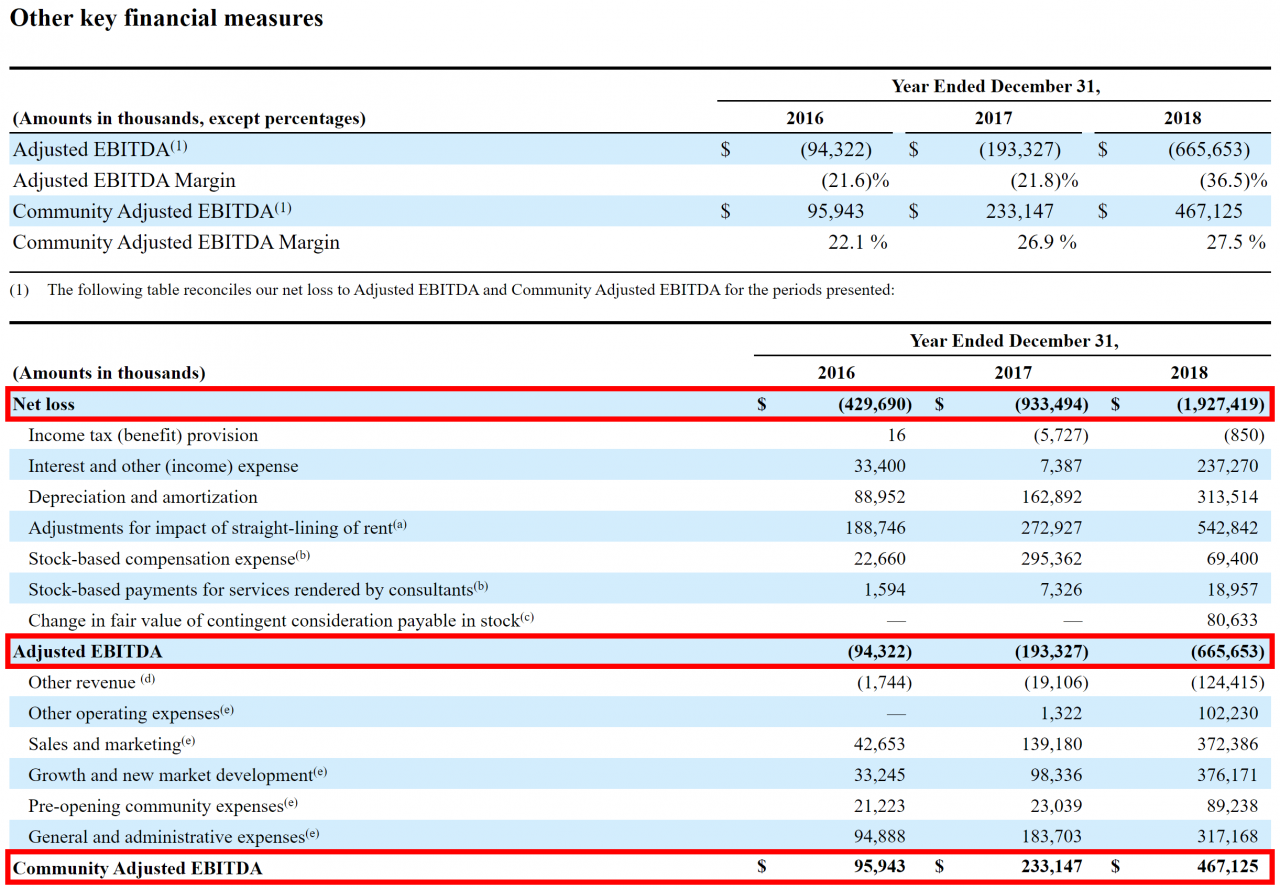Novo Nordisk's Market Share Decline: Analyzing Ozempic's Weight-Loss Competition

Table of Contents
The Rise of Ozempic Competitors
The success of Ozempic and Wegovy has spurred significant investment in the development of competing weight-loss drugs. This increased competition is a primary driver of Novo Nordisk's potential market share decline.
Eli Lilly's Mounjaro: A Strong Contender
Mounjaro (tirzepatide), developed by Eli Lilly, has emerged as a formidable competitor to Ozempic. Its impressive efficacy in promoting weight loss and improved glycemic control in patients with type 2 diabetes has fueled its rapid market penetration.
- Efficacy: Mounjaro has demonstrated significantly higher weight loss compared to Ozempic in clinical trials, attracting a substantial patient base.
- Side Effects: While both drugs share some similar side effects (nausea, diarrhea), the specific profiles and prevalence differ, impacting patient preference.
- Pricing: The pricing strategies of both companies influence market accessibility, with Mounjaro's pricing potentially impacting Ozempic's market share.
Mounjaro's market share growth has been substantial, exceeding initial projections and directly impacting Ozempic's sales figures. Clinical trial data consistently showcases Mounjaro's competitive edge in terms of weight loss percentage, further bolstering its market position.
Other Emerging Competitors in the Weight Loss Market
Beyond Mounjaro, several other drugs are entering or poised to enter the weight-loss market, further intensifying the competitive pressure on Novo Nordisk.
- Retatrutide (Pfizer): This GLP-1 receptor agonist is showing promising results in clinical trials.
- Other GLP-1 and GIP receptor agonists: Several pharmaceutical companies are actively developing and testing similar medications, presenting future challenges to Ozempic's dominance.
The influx of new competitors, each with unique selling points and marketing strategies, creates a highly dynamic and competitive environment, impacting Novo Nordisk’s market position. The timing of future competitors' market entry remains a critical factor to watch.
Pricing Pressures and Market Dynamics
The increased competition is profoundly impacting the pricing strategies of all players in the weight-loss medication market.
The Impact of Increased Competition on Pricing
The entry of strong competitors like Mounjaro has created a scenario where price wars are becoming increasingly likely.
- Price Wars: To maintain market share, pharmaceutical companies may engage in price reductions, potentially impacting profit margins.
- Insurance Coverage: The extent of insurance coverage for these medications significantly influences patient access and affordability, affecting market share. Changes in insurance policies could shift the competitive landscape.
The dynamic interplay between pricing, insurance coverage, and the efficacy of competing drugs will continue shaping the market.
Patient Access and Market Saturation
Reaching new patient demographics and overcoming barriers to wider adoption is crucial for continued market growth.
- Cost: The high cost of these medications remains a significant barrier for many patients, limiting access and potentially slowing market growth.
- Side Effects: Concerns about side effects can deter potential users, reducing overall market adoption.
- Availability: Limited availability due to high demand and manufacturing constraints can also impede market penetration.
Novo Nordisk and its competitors will need to develop innovative strategies to address these barriers and improve patient access, thereby sustaining market growth. This might involve exploring different pricing models, patient support programs, and improving medication availability.
Safety Concerns and Public Perception
Public perception and safety concerns play a crucial role in shaping the success and market share of weight-loss medications.
Side Effects and Public Awareness
Negative media coverage highlighting the side effects of Ozempic and similar drugs can impact public perception and patient choices.
- Specific Side Effects: Gastrointestinal issues (nausea, vomiting, constipation, diarrhea), pancreatitis, gallbladder problems, and kidney issues have been reported, impacting consumer confidence.
- Media Coverage: The media's role in shaping public opinion regarding the safety and efficacy of these drugs is significant, impacting consumer choices and market perception.
Negative publicity surrounding side effects can significantly affect market share, prompting patients to seek alternative treatments.
Long-Term Studies and Data
The long-term safety and efficacy of these medications are still under investigation.
- Ongoing Research: Long-term studies are critical in fully understanding the potential risks and benefits of prolonged use.
- Regulatory Concerns: Regulatory agencies continue to monitor the safety profiles of these medications, impacting their market trajectory.
The release of new long-term data will play a significant role in influencing both public perception and regulatory decisions, consequently impacting the competitive landscape.
Conclusion: The Future of Ozempic and Weight-Loss Medication Competition
Novo Nordisk's potential market share decline is largely due to increased competition from drugs like Mounjaro, pricing pressures, and evolving public perception regarding safety. The future of Ozempic and the weight-loss medication market hinges on several factors: the continued development and launch of new competing drugs, ongoing research clarifying long-term safety profiles, and effective strategies to address access barriers. The market will likely remain dynamic and competitive, with ongoing shifts in market share driven by efficacy, safety data, pricing, and patient preference.
To stay informed about these developments, follow reputable medical news sources and industry publications, and always consult your healthcare professional before starting any weight-loss medication regimen, including Ozempic and its competitors. Understanding the nuances of Ozempic and its competition is crucial for informed decision-making regarding weight management strategies.

Featured Posts
-
 Ealas Upset Victory Over Keys Sends Her To Miami Open Quarterfinals
May 30, 2025
Ealas Upset Victory Over Keys Sends Her To Miami Open Quarterfinals
May 30, 2025 -
 Eventim Q1 Financial Report Climbing Revenue And Adjusted Ebitda
May 30, 2025
Eventim Q1 Financial Report Climbing Revenue And Adjusted Ebitda
May 30, 2025 -
 Ex Numero 3 Del Mundo La Frase Que Inspiro A Marcelo Rios
May 30, 2025
Ex Numero 3 Del Mundo La Frase Que Inspiro A Marcelo Rios
May 30, 2025 -
 New Bts Album In The Works Summer 2024 Recording Session
May 30, 2025
New Bts Album In The Works Summer 2024 Recording Session
May 30, 2025 -
 Des Moines Middle School Track Meet Cancelled After Shooting Incident
May 30, 2025
Des Moines Middle School Track Meet Cancelled After Shooting Incident
May 30, 2025
